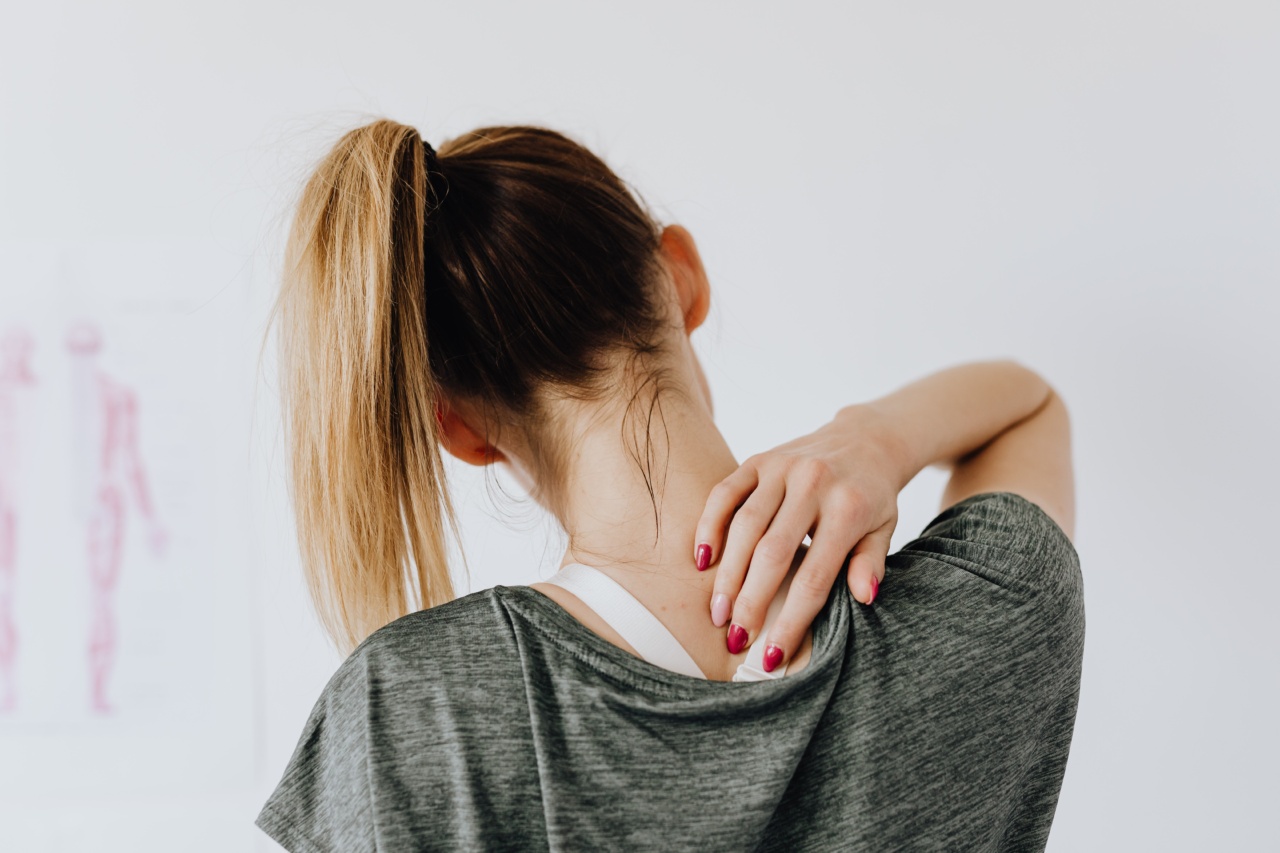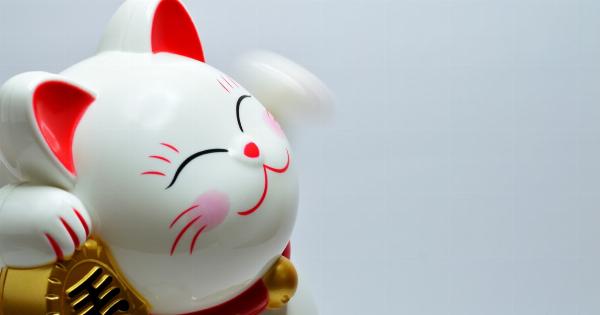Lower back pain affects millions of people worldwide, and chronic pain can be especially debilitating. Chronic lower back pain can impact every aspect of life, making it difficult to work, exercise, or even sit comfortably.
Here are some strategies for dealing with chronic lower back pain.
1. Exercise Regularly
Although it may seem counterintuitive, regular exercise can reduce chronic lower back pain. Exercise strengthens muscles and improves flexibility, helping to maintain a healthy range of motion in the lower back.
Low-impact exercises such as walking, swimming, or biking can be especially helpful for those with chronic pain.
2. Seek Professional Help
While many people experience occasional lower back pain, chronic pain often requires medical attention from a qualified healthcare provider.
Chronic pain in the lower back can be caused by a variety of conditions, including arthritis, herniated disks, and sciatica. A healthcare provider can help diagnose the source of the pain and develop a treatment plan.
3. Consider Physical Therapy
Physical therapy can be a helpful treatment for chronic lower back pain. A physical therapist can develop a customized exercise plan to target specific muscles and alleviate pain.
Physical therapy can also help improve posture and alignment, which can contribute to lower back pain.
4. Maintain a Healthy Weight
Carrying excess weight can put extra strain on the lower back, exacerbating chronic pain. Maintaining a healthy weight can reduce this strain and improve overall health.
5. Try Alternative Therapies
Alternative therapies such as yoga, acupuncture, or massage therapy may also be helpful for chronic lower back pain. These therapies can help reduce stress and tension in the body, which can contribute to chronic pain.
Be sure to check with a healthcare provider before beginning any alternative therapy.
6. Practice Good Posture
Good posture can help reduce strain on the lower back and improve overall spinal health. Stand up straight, sit with your shoulders back, and avoid slouching or hunching over. Consider using ergonomic furniture, such as a chair with good lumbar support.
7. Use Heat or Ice
Heat or ice can be helpful in reducing chronic lower back pain. Apply heat to the lower back for 15-20 minutes at a time to help increase blood flow and reduce pain. Ice can also be helpful in reducing inflammation and swelling in the lower back.
8. Take Medication
Over-the-counter pain medications such as ibuprofen or acetaminophen can be helpful in reducing chronic lower back pain.
Talk to a healthcare provider before taking any medication, especially if you are currently taking other medications or have any health conditions.
9. Learn Stress Reduction Techniques
Stress can contribute to chronic lower back pain. Learning stress reduction techniques such as meditation or deep breathing can help reduce stress and tension in the body, which can help alleviate chronic pain.
10. Get Enough Sleep
Adequate sleep is essential for overall health and can also help reduce chronic lower back pain. Aim for 7-8 hours of sleep per night and establish a routine sleep schedule.































